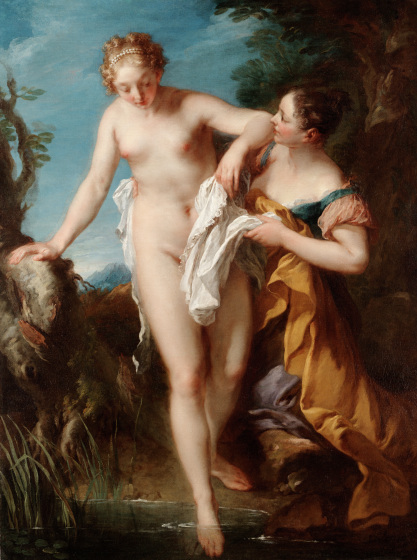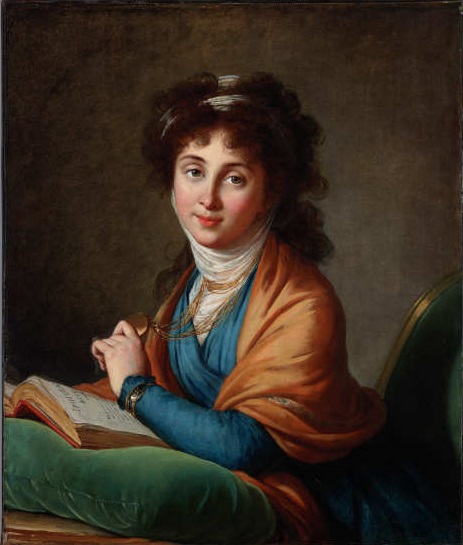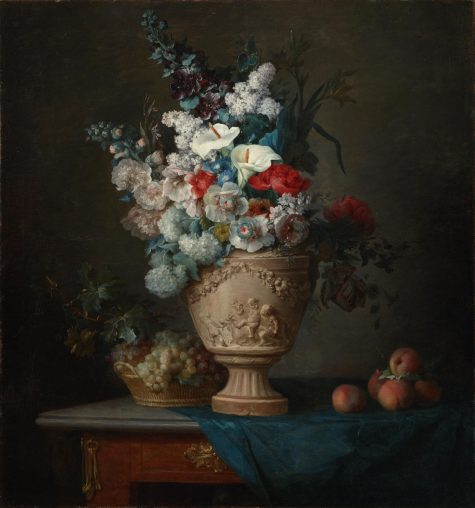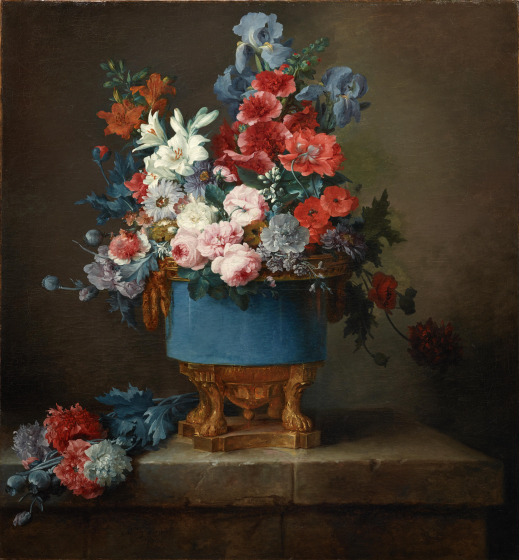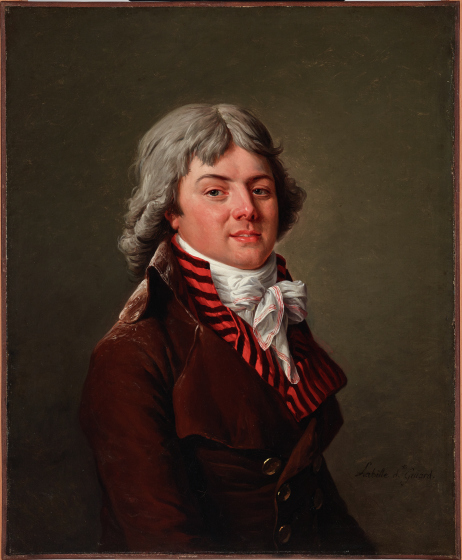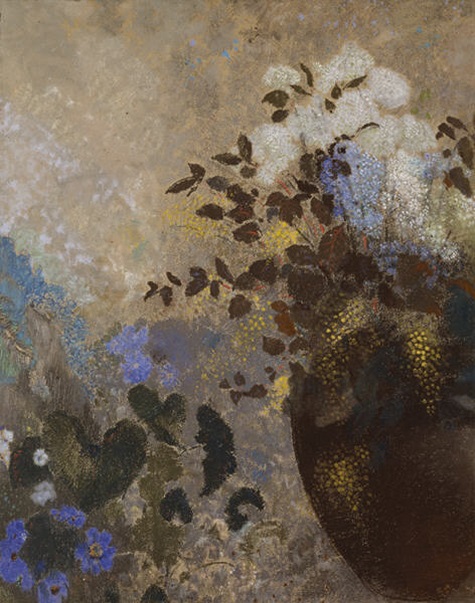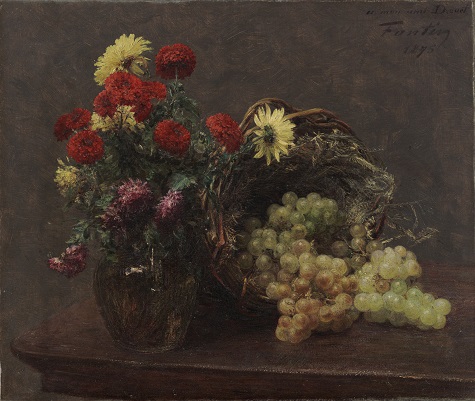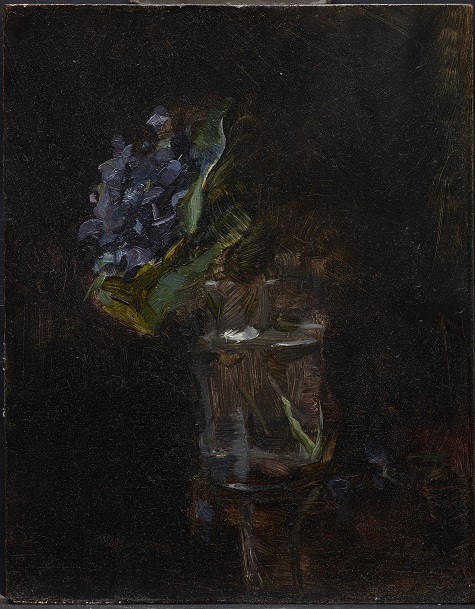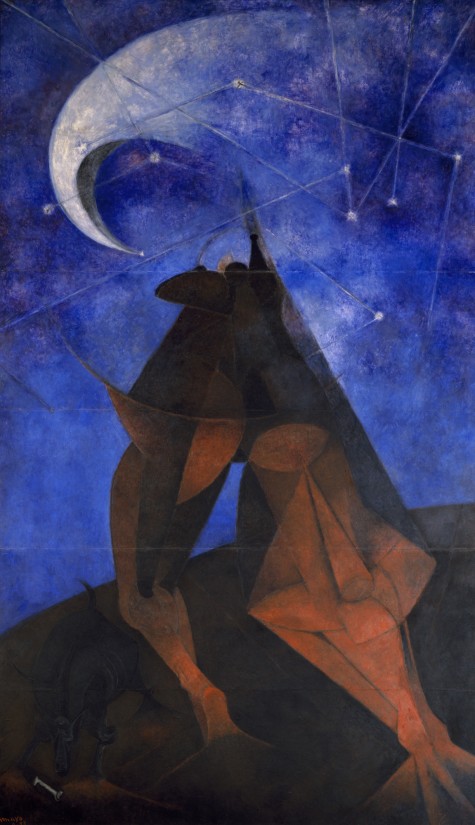For next week’s Second Thursdays with a Twist, we’re celebrating the powerful women who made waves in the art world with Who Run the World? Even though the night will focus on female artists in our collection, we are adding some Beyoncé and other strong women into the night as well. While we love highlighting artists from our collection, like Georgia O’Keeffe, Frida Kahlo, and Mary Cassatt, we thought for a night like this we would show off other amazing artists that you might not know that much about.
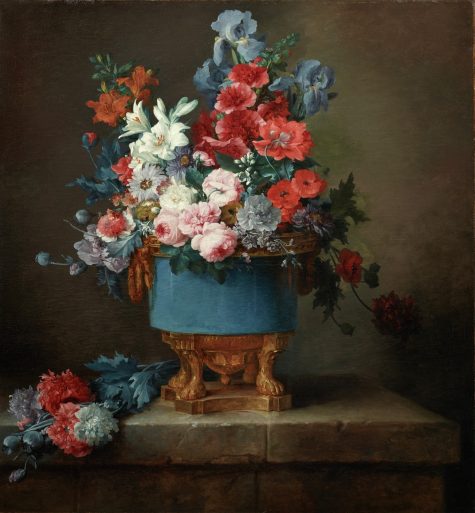
Anne Vallayer-Coster, Bouquet of Flowers in a Blue Porcelain Vase, 1776, oil on canvas, Dallas Museum of Art, Foundation for the Arts Collection, Mrs. John B. O’Hara Fund and gift of Michael L. Rosenberg, 1998.52.FA
Anne Vallayer-Coster was born into an artistic family; her mother made miniatures and her father was a goldsmith to many wealthy patrons. When she was 26 years old, she was unanimously voted into the Académie Royale in Paris. This was an enormous accomplishment because they only allowed four women in at a time. In 1780 she was named as the portrait painter for Marie Antoinette and became very popular in the court; she was known to be a confidant to the queen. In the period leading up to the French Revolution, she was critiqued harshly after an exhibition and from that point forward only painted still lifes. She mastered decadent bouquets and created beautiful, detailed works like those in the DMA’s collection.
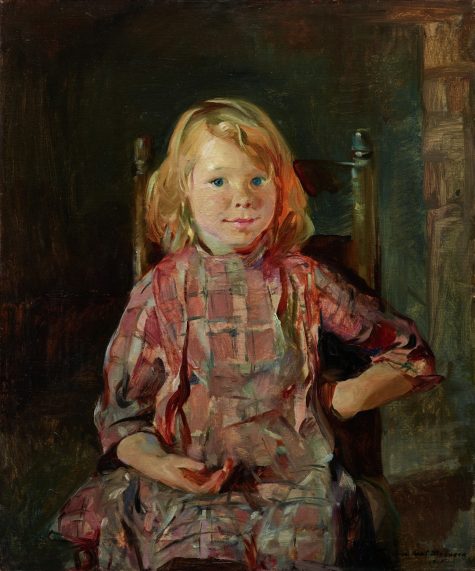
Alice Kent Stoddard, Fisherman’s Little Sister, 1915, oil on canvas, Dallas Museum of Art, Dallas Art Association Purchase, 1917.4
Alice Kent Stoddard focused mainly on portraits, landscapes, and seascapes. Stoddard studied at the Philadelphia School of Design for Women, after which she studied under William Merritt Chase and Thomas Eakins at the Pennsylvania Academy of the Fine Arts. She was a member of the Plastic Club, which was the first all-women’s art group in the United States. During World War I, Stoddard depicted the US regiments and French refugees to garner support for the war effort back in the states. That wasn’t the end of her wartime career: during World War II, she continued to serve her country the best way she could. She began working as a mechanical draftsperson for the Budd Company, a leading manufacturer of airplanes. Stoddard also served as a combat painter on the European front. She was one of the most prominent portrait painters of her time and was the first female artist to be named in Who’s Who in American Art.
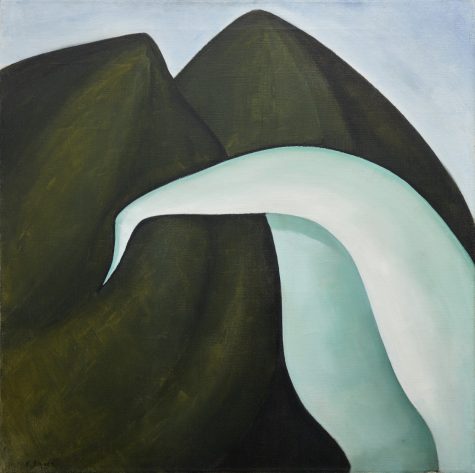
Henrietta Mary Shore, Waterfall, c. 1922, oil on canvas, Dallas Museum of Art, Foundation for the Arts Collection, Boeckman Mayer Family Fund of the Foundation for the Arts, 2015.24.FA
Henrietta Shore was born in Canada and had an early interest in art. She also had a deep connection with nature, which ended up being the focus of her work. Shore moved to New York in her twenties to continue her studies in painting under Robert Henri. She eventually moved to California and painted in an artist colony in Carmel. She was able to sell paintings and gained acclaim while there, but she became increasingly frustrated with critics. They would try to connect her sexuality with her abstracted paintings of nature, even though she had not intended those connections. She said that she painted a semi-abstracted “life rhythm” and did not want to be placed in any “school” or “ism.” She did not want to be defined. Her masterful simplification of natural forms makes her one of the best artists of her time that you have probably never heard of.
If you want to know more about these and other amazing artists in our collection, come out to Second Thursdays with a Twist on November 9 from 5:00 to 9:00 p.m. You can find the full schedule of events here.
Katie Cooke is Manager of Adult Programming at the DMA.
